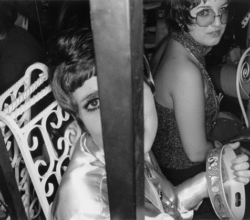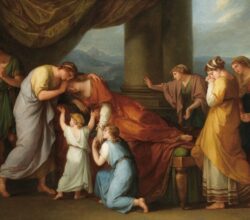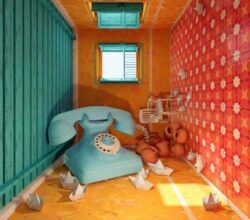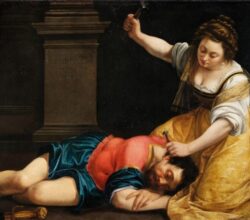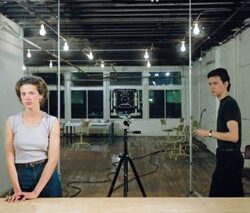
ESSAY: The kitsch we need
Morgan Meis | The-Easel
Ron Mueck, the hyper realist sculptor, is very popular with the gallery-going public. In contrast, critics throw at his work terms like “unrelentingly kitsch and sentimental”. Contributing Editor Morgan Meis acknowledges some of this criticism but thinks that sculptures like his Pregnant Woman or A Girl are important.
“Mueck is actually exploring a subject matter [pregnancy and infancy] that has been strikingly neglected hitherto. [I]f art does happen in Pregnant Woman, it is because Mueck has presented the physical reality of pregnancy, the astounding and mysterious fact of what it means to have one’s body transformed in that way. This is something Western art has not wanted to do, has not allowed space for, in most of its history. I am glad that Pregnant Woman exists.”







